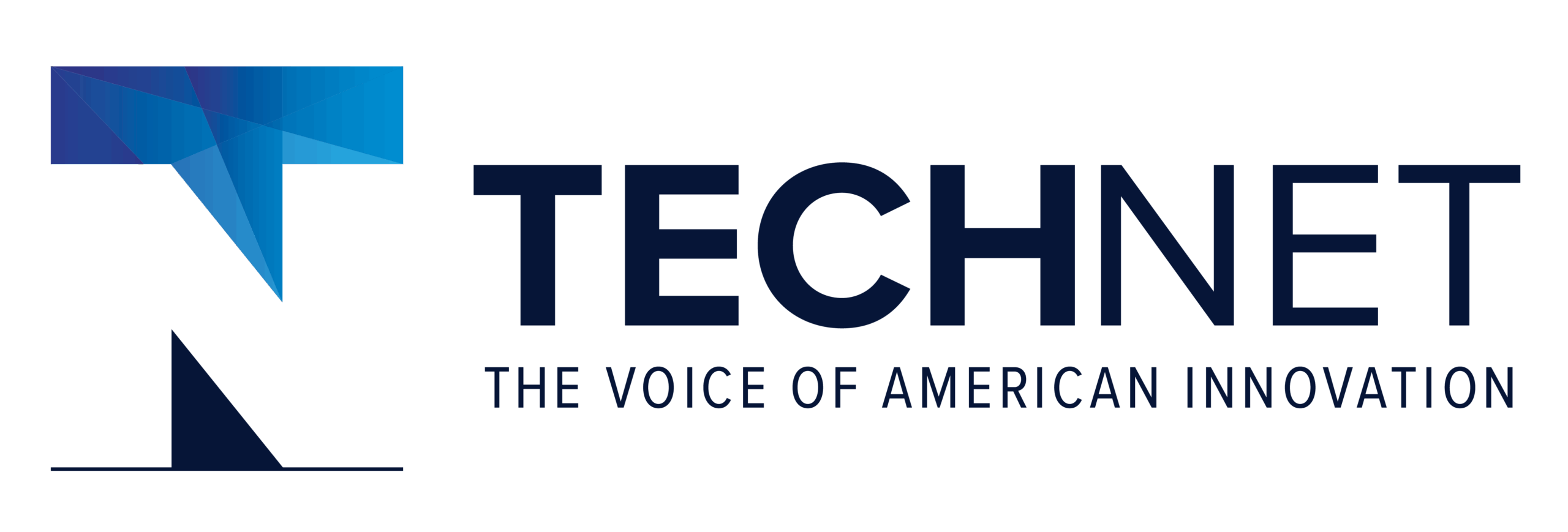On this day in 1990, the Americans with Disabilities Act (ADA) became law and ushered in a new era of accessibility, enabling more Americans to make meaningful contributions to their communities regardless of their physical, cognitive, sensory, or psychological needs. Now, three decades later, technology is helping individuals with disabilities live even fuller lives.
Smartphones, computers, and other devices are essential for 21st-century personal and professional life, and recognizing that standard touchscreens, keyboards, and remotes may not be accessible for everyone is a critical step toward developing more inclusive products. That acknowledgment has led to the development of assistive technologies on mobile phones that help individuals with physical disabilities make hands-free phone calls, set reminders, and send messages. Other programs have enabled people who cannot use a computer mouse or keyboard to click with their eyes or use an on-screen keyboard and a pointing device. Smart home technology can also be used to manage tasks or control home entertainment systems, lighting, and even thermostats, and self-driving cars offer the promise of greater independence for those who have difficulty getting around. These are just a few of the ways companies have made our digital tools — and everyday life — a little easier for everyone.
There is even more on the horizon. Just two months ago, Google announced new projects that will enhance communication for people who are deaf or have a speech impairment.
To help students with disabilities learn to code, there are adaptive courses that allow them to play to their strengths. For example, Apple has partnered with educators who work with students with various assistive needs to develop curricula that teaches important foundational coding skills using Swift, Apple’s coding language, that those students can build upon to succeed in more advanced computer science courses, and potentially, in their future careers. The courses include tools designed to support students with a wide range of sensory, motor, and cognitive needs. These kinds of programs ensure that today’s students are positioned to be a part of tomorrow’s generation of creators, innovators, and entrepreneurs.
Technology companies are also supporting people with disabilities in the workforce. This is especially important given that the unemployment rate among people with disabilities is double that of the rate for that of the overall workforce — and the tech industry is working to change that. Amazon partners with a Seattle nonprofit to connect individuals with disabilities who are seeking to join the workforce. Microsoft runs a grant program, AI for Accessibility, which dedicates $25 million towards developing AI for inclusivity, and one of the three areas of focus is employment. Microsoft also has a hiring program for people on the autism spectrum that is a major source of ingenuity for the company.
When the legendary Stephen Hawking passed away in 2018, we were reminded of the important role technology played in ensuring that his brilliance and invaluable scientific contributions did not remain trapped in his mind and that he could share them with the world. Today, those kinds of technologies that helped him are aiding other individuals with amyotrophic lateral sclerosis (ALS) — also known as Lou Gehrig’s disease — so that they may continue to communicate.
As technology continues to create new opportunities and improve our lives, it will be critical for the public and private sectors to work together to ensure these innovations are inclusive. One solution is the bipartisan STEM Opportunities Act introduced by House Science Committee Chairwoman Eddie Bernice Johnson (D-TX) and Ranking Member Frank Lucas (R-OK). This bill would require the White House Office of Science and Technology Policy (OSTP) to develop and implement best practices to eliminate barriers that limit the participation of underrepresented groups — including individuals with disabilities — in universities and federal laboratories. If passed and implemented, the OSTP guidelines could also serve as a roadmap to help private companies welcome more people with unique abilities into their workforce.
Similarly, the public sector has an important role in supporting tech-driven health care solutions for individuals with disabilities. This year, the federal government, through its American AI Initiative, prioritized research and development of artificial intelligence — an essential step that can lead to additional investment by the private sector, and new insights into the causes of disabilities.
When President George H.W. Bush signed the Americans with Disabilities Act 29 years ago today, he said, “Its passage has made the United States the international leader on this human rights issue,” because “every man, woman, and child with a disability can now pass through once-closed doors into a bright new era of equality, independence, and freedom.”
We must continue to build upon this legacy. In the next 30 years, we will see even more advances in technology that will improve the way we live. The private sector and government should continue to innovate and support cutting-edge technologies that enhance our lives.
